Should You Use Insulin Syringes to Inject Botox?
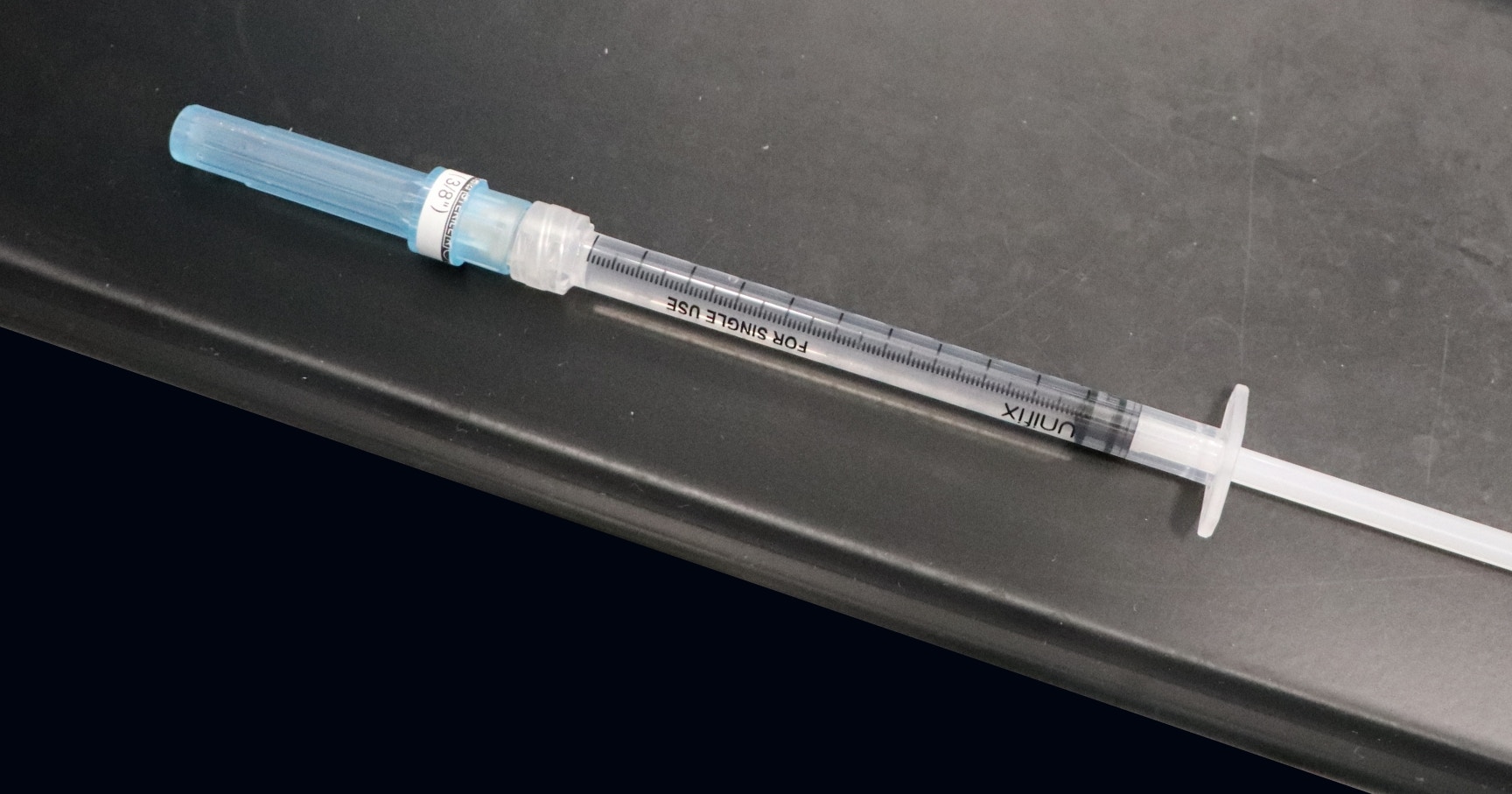
Did you know that some aesthetic practitioners use insulin syringes to inject botox? Here we explore why, how it works and the pros and cons of this approach.
We also break down information on which needles can be used for cosmetic toxin treatments. You’ll find a guide to the different gauges required for the most popular neurotoxin treatments, as well.
Alongside this, find out if you’re making a common mistake that could be impacting the consistency of your toxin results, or whether you’re unknowingly providing ‘off label’ treatments.
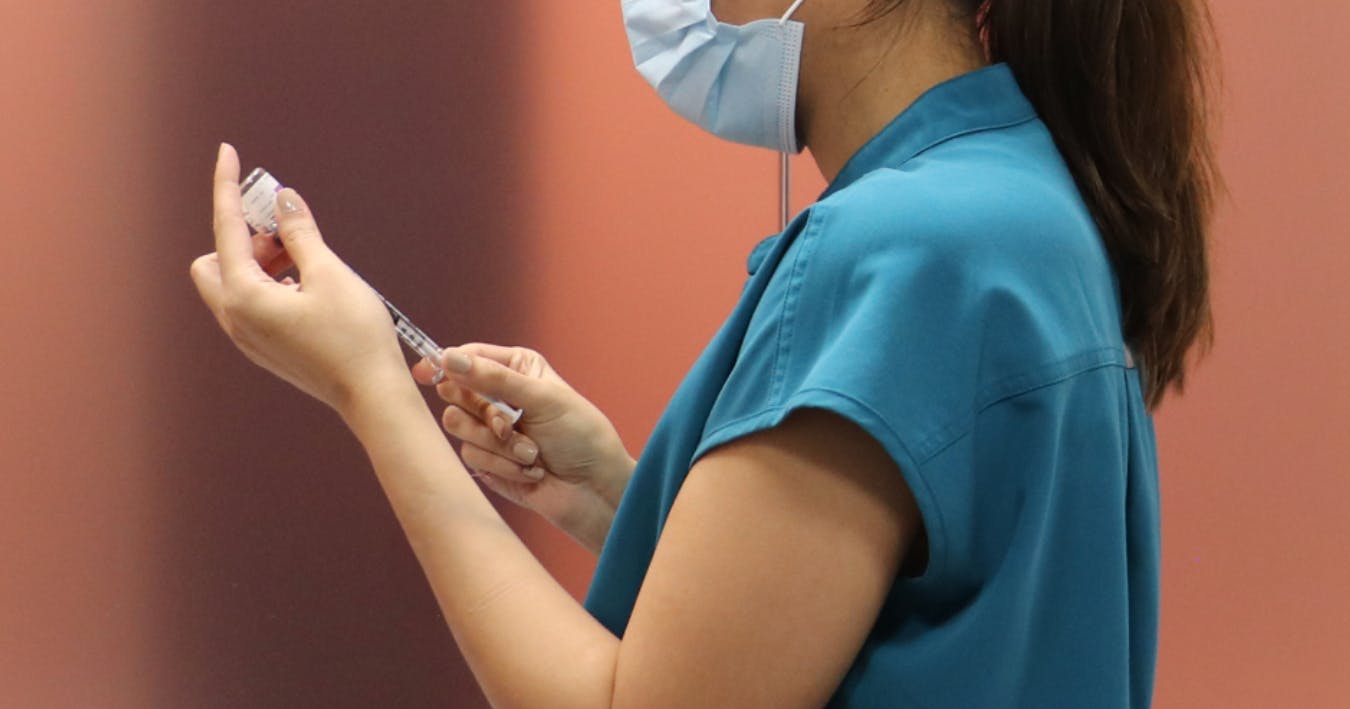
Choosing your syringe for toxin injections
Typically, cosmetic botox injections are delivered using a 1 mL syringe with a detachable needle. This setup strikes a balance between precision, ease of use, and versatility for aesthetic practitioners.
Using insulin syringes to inject botulinum toxin is a common practice among aesthetic practitioners.
Each option comes with specific advantages, limitations, and technique considerations, though. So, let’s get into them…
Using an insulin syringe to inject botox
Some of the key pros and cons for using insulin syringes for botox treatments are, as follows.
PRO: Insulin syringes allow for greater precision
Typically, they’re smaller than 1mL syringes (0.3 to 0.5 mL) and marked in 0.01 mL increments, allowing very accurate dosing. This makes them ideal if you want to inject lower volume or more concentrated doses.
CON: Not designed for multiple injections
The needle may dull quickly as insulin syringes are designed to be single-use. Repeated punctures, for example, into a rubber stopper as well as multiple injection points, can degrade the needle. In turn, this can increase patient discomfort and maybe even bruising.
PRO: Handles well
The light weight of insulin syringes make them easier to control both the angle and depth. This makes them particularly useful in tight or superficial areas, as well as being comfortable to use.
CON: Risk of dosing errors
As the syringe is marked in insulin units, there’s a risk of dosing errors if you’re used to using regular 1 mL syringes. This means you, as an injector, must ensure your reconstitution and dosing protocols are flawless. We’ll cover more on this later in this article.
Essentially, using insulin syringes can enhance precision and patient comfort for facial toxin work. They do, however, require good technique, thoughtful planning and sometimes a backup tool for deeper sites.
So, that’s the syringe aspect dealt with. Now, what about your needle..?
What needle should you use for botox?
In facial aesthetics, your upper face botox needle will usually be a 30 gauge (‘G’), 31G, or the even smaller ‘Invisible Needle’ from TSK.
A 30G needle has a diameter of ~0.30 mm whilst a 31G needle has one of ~0.25 mm; these can provide a decent level of comfort for patients.
However, the Invisible Needle offers a reduced diameter of ~0.20 mm, offering increased comfort and, potentially, less bruising. As one of the thinnest needles available, its selling points include reduced trauma to tissue and capillaries.
The main deciding factor for aesthetic practitioners selecting which needle to use for botox, seems to be price. However, patient experience and using the same needles you used during your initial botox courses are also popular motivations.
At Harley Academy, our clinical trainers and trainees all use TSK Invisible Needles for upper face treatments in all our aesthetics training courses.
It’s also worth noting that insulin syringes tend to come with a 30 or 32G needle, so you wouldn’t need to purchase them separately.
Botox needle selection for upper face versus lower face treatments
The above information relates to upper face botulinum toxin treatments for the classic ‘three areas’. These generally focus on light dosing and shallow placement, often intradermal or subcutaneous.
For lower face neurotoxin treatments, such as masseter botox, you’re injecting thicker, deeper muscles. As such, a longer 30G needle is preferred given thinner needles may bend or not reach the full depth of the muscle.
- The lower face is more sensitive to asymmetry. Muscles in this zone often lie closer to critical structures, such as the marginal mandibular nerve
- A more rigid needle (eg. a 30G detachable rather than ultra-fine insulin needle) can offer better control and feedback during injection
- In the upper face, you're often injecting multiple small doses into broader muscle sheets. Comfort and speed may take priority here, making finer needles, such as a 31G or TSK Invisible, a good choice.
For example, the following needle gauges are recommended for these toxin treatments:
- Upper face and periocular: 30G/31G or Invisible Needles
- Lip flip: 30G/31G or 33G Invisible Needles
- Bunny lines: 30G/31G or 33G Invisible Needles
- Mentalis: 30G
- Platysmal bands: 30G/31G or 33G Invisible Needles
- DAO: 30G/31G or 33G Invisible Needles
- Masseter: 30G.
How to use an insulin syringe for Botox
Once you’ve reconstituted your neurotoxin, following manufacturer guidance, you can then draw it up into your chosen syringe and proceed with treatment.
1. Choose the right syringe
- Use insulin syringes marked in 0.01 ml (or 1-unit) increments
- Ensure you're familiar with the conversion between units and ml based on your dilution (eg. 2.5 units per 0.1 ml, etc.).
2. Draw up the toxin
- Some practitioners first draw with a standard syringe, then transfer into the insulin syringe via a filtered needle to reduce wear on the finer needle tip
- Alternatively, draw directly, but be aware that this may blunt the needle slightly.
3. Use the correct Botox injection technique:
- Use consistent, gentle pressure at an appropriate angle
- Always double-check that you're injecting the correct volume per site.
A word about best practice for drawing up neurotoxins
Are you experiencing issues with regularly seeing asymmetric results, such as brow asymmetry? Do your patients often complain that their botox hasn’t taken effect? These issues may be unrelated to your injection technique.
Drawing up toxin presents a key opportunity for mistakes before you’ve even injected a drop. This is something we see time and again with new aesthetic practitioners, but luckily it’s easy to rectify. Just follow this simple rule:
Always bring the toxin vial up to your eye line for accurate dilution and dosing.
When you draw up the solution, you're aligning the meniscus - the curved surface of the liquid - with the measurement demarcations on the syringe.
Remember that you can only see the true volume you're drawing up clearly at eye level.
If you view the syringe from even slightly above this, you’ll likely under-draw the dose. Conversely, if you're looking from below, you risk overdrawing. In both instances, having a sub-optimal view could result in incorrect unit concentrations.
The impact of drawing up too much or too little saline is that it changes the concentration of your botox. As such, the number of toxin units per 0.1ml will be incorrect. This can lead to inconsistent results and unpredictable outcomes for your patients. For example, asymmetry may result from subtle concentration discrepancies.
One of the hallmarks of a safe, effective aesthetic practitioner is being able to consistently reproduce good outcomes. This becomes much harder when your preparation technique introduces avoidable variation.
Ensure you’re taking this simple, high-impact step to protect the accuracy of your toxin dilution and support consistent treatment outcomes. It’s an easy and crucial way to reinforce your standards of clinical precision.

Where can you purchase insulin syringes and TSK Invisible Needles?
Any medical supplies company should carry insulin syringes; you may also find them in your usual aesthetics pharmacy. They are sometimes known as ‘micro-fine’ syringes.
For Invisible Needles, these can be purchased directly from TSK, or from many aesthetic medicine pharmacies.
Please note that, whilst TSK is one of Harley Academy’s product partners, this article is not sponsored nor part of any affiliate agreement. We simply want to bring you the information we're regularly asked for by new injectors.
Does your choice of syringe affect your insurance cover?
Given the amount of ‘off label’ activity in aesthetic medicine, it’s always worthwhile considering what might impact your insurance cover.
In the case of your choice of botox syringe for cosmetic treatments, it’s highly unlikely this would have any bearing. In most cases, this would not directly affect your insurance cover, as long as you’re:
- Using a CE-marked medical device in the UK
- Working within your scope of practice
- Following manufacturer guidance and accepted clinical standards
- Using tools appropriate to the product and procedure.
As with any aspect of clinical practice, if you’re unsure as to whether something may impact your insurance, check with your insurer directly.
Are you unknowingly providing ‘off label’ toxin treatments?
Whilst we’re on this topic, we thought we’d highlight this common occurrence which you may not be aware of…
If you use a substance not outlined in the toxin manufacturer’s guidelines to dilute your neurotoxin, it becomes off label.
For example, Allergan Aesthetics, the makers of BOTOX, advise using saline to dilute the toxin. This is what their research is based upon and, therefore, is the manufacturer’s guidance for proper use of its product.
If you decide to substitute saline for bacteriostatic saline - saline which contains a bacteriostatic agent, usually benzyl alcohol - your BOTOX treatment becomes off label. This is a popular choice in the UK as, anecdotally, many aesthetic practitioners report it making the treatment more comfortable for patients. However, as it diverts from the manufacturer’s protocols, the treatment would be considered off label.
What syringes will I learn to inject with on Harley Academy botox courses?
At Harley Academy, all our medical aesthetics courses where botulinum toxin treatments are taught use 1 ml Luer Lok syringes. These are slightly larger than insulin syringes and, as such, are solid learning tools for healthcare professionals getting started in aesthetics.
These are paired with TSK Invisible Needles.
Our Foundation Training in Medical Aesthetics covers the fundamentals of upper face botulinum toxin in both theory eLearning and practical sessions. This is the perfect aesthetics course for beginners as you’ll start to put theory into practice by injecting high-fidelity mannequins. These are ‘simulated patients’, designed to mimic the feel of a real face.
Once you’ve built your confidence on these teaching tools, you’ll receive mentoring as you inject your own live patient. Understandably, this is the part our trainees always tell us they look forward to the most!
Whether you take this entry-level course as a taster, to see if aesthetic medicine is for you, or as part of our industry-leading Level 7 Diploma in Cosmetic Injectables, we’ll support you in making a safe and inspired start, grounded in the latest evidence.
Whilst our Level 7 trainees receive a free 12-month subscription to the GEM© by Harley Academy app, all our aesthetics courses are taught in line with Global Evidence Matrix principles. This means you can be comforted and empowered, knowing you’re learning the latest data-led techniques and approaches.
For more information on our range of aesthetics training for medics, give our team a call. They’ll be happy to talk you through our offering and which pathway is best suited to your needs - as well as highlighting any deals you may be eligible for!
All information correct at time of publication
Download our full prospectus
Browse all our injectables, dermal fillers and cosmetic dermatology courses in one document
By submitting this form, you agree to receive marketing about our products, events, promotions and exclusive content. Consent is not a condition of purchase, and no purchase is necessary. Message frequency varies. View our Privacy Policy and Terms & Conditions
Attend our FREE open evening
If you're not sure which course is right for you, let us help
Join us online or in-person at our free open evening to learn more
Our Partners
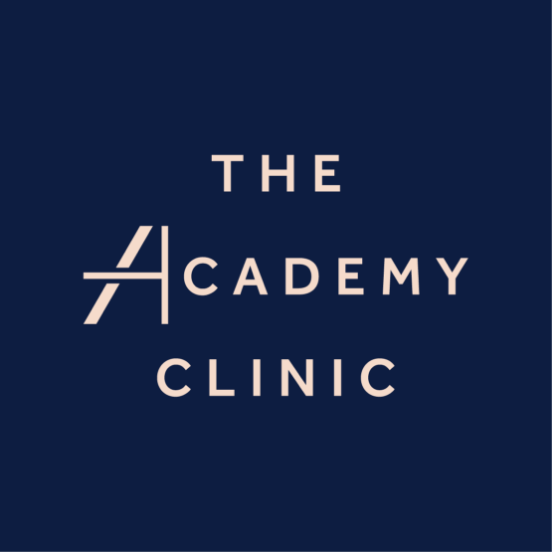
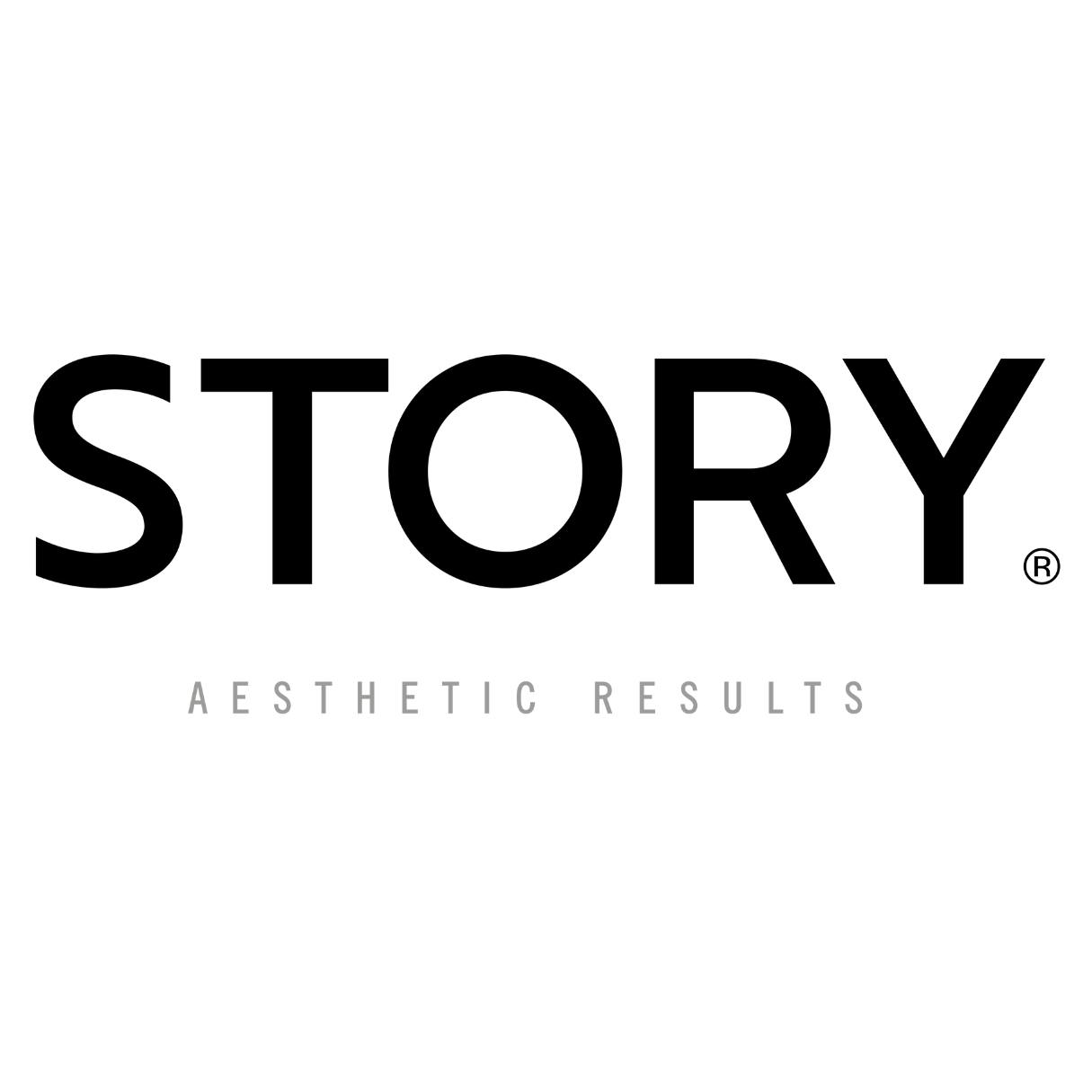
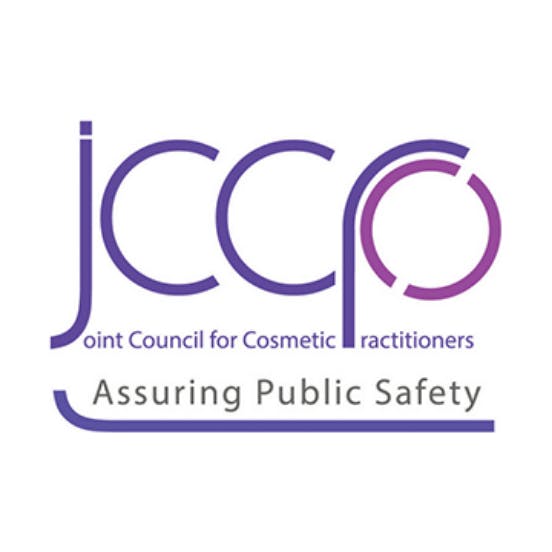
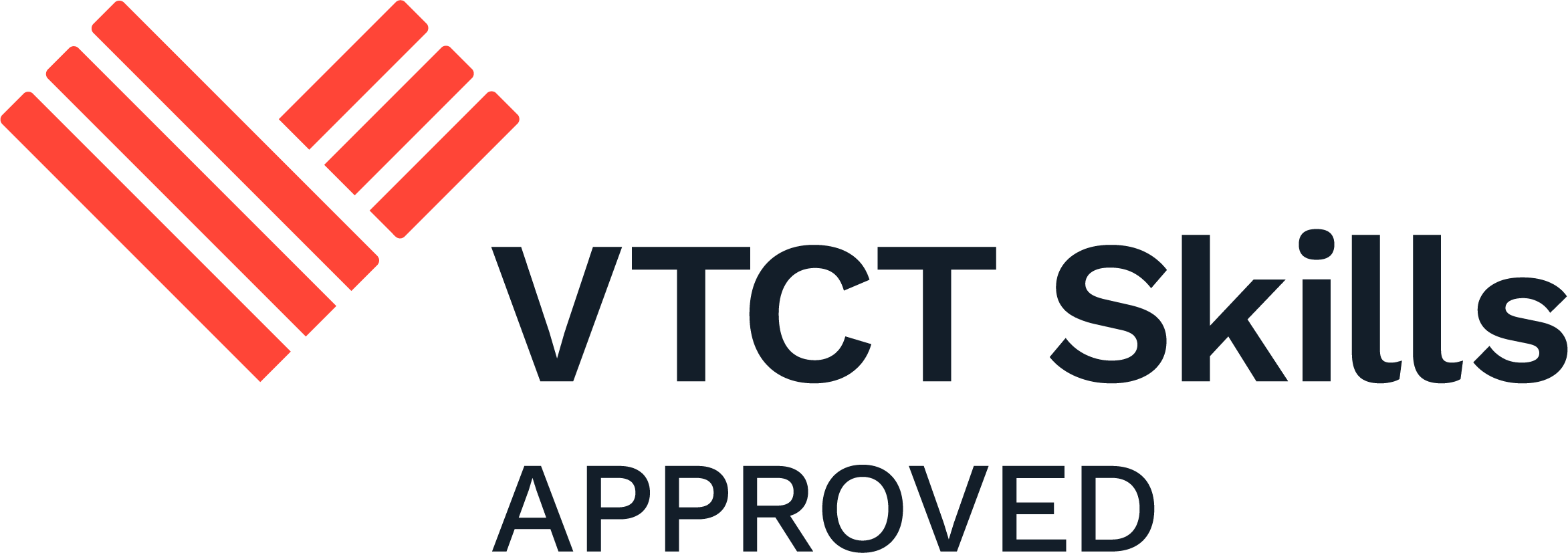

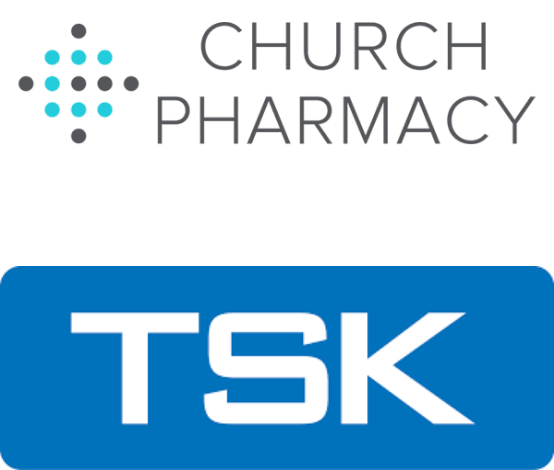
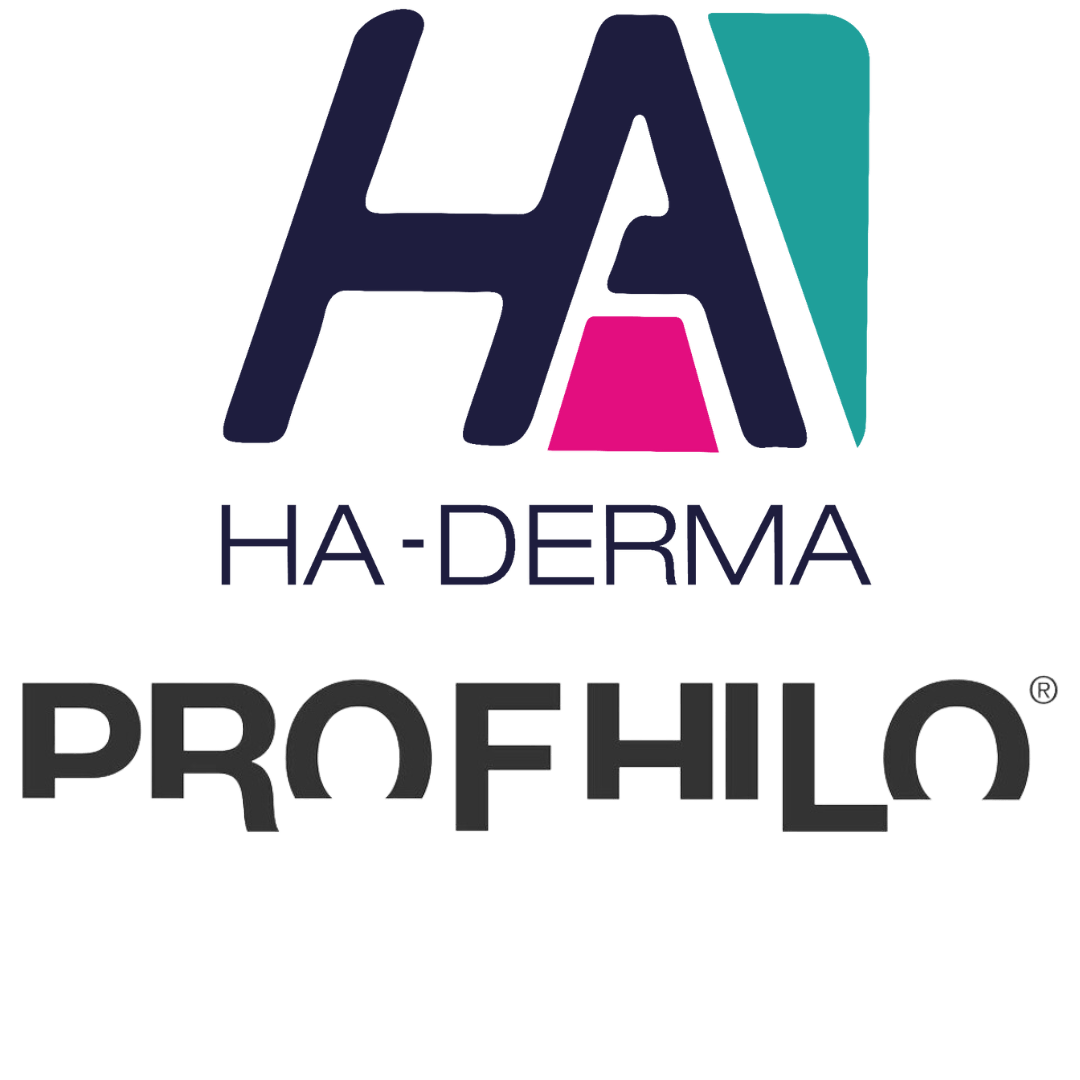
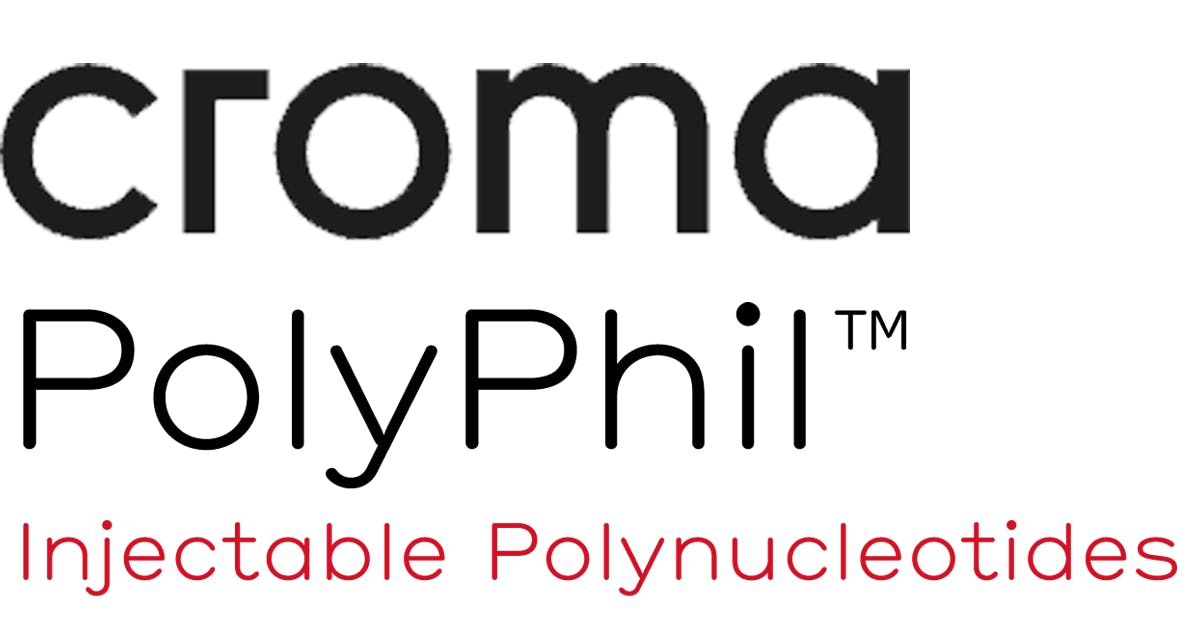
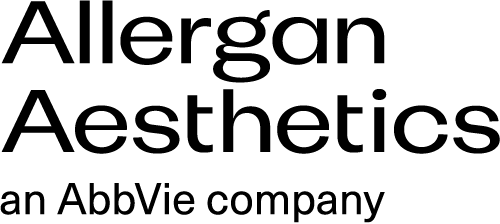
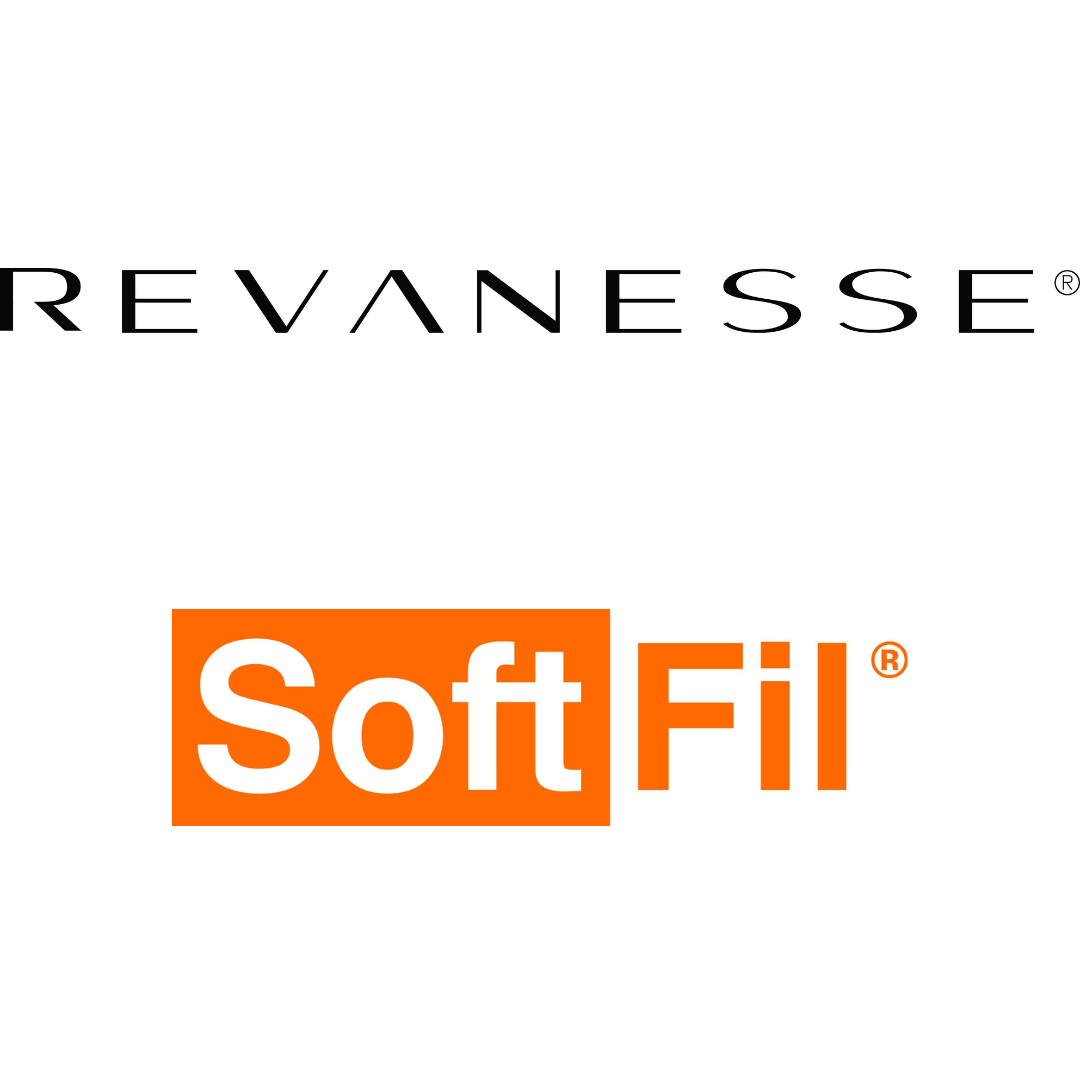
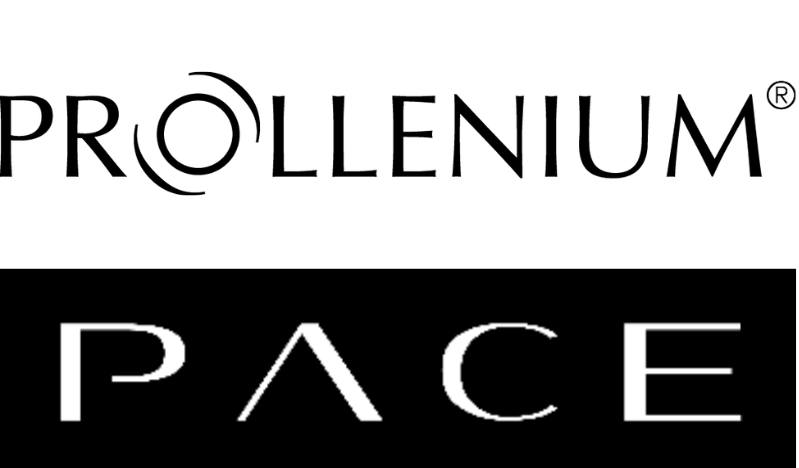
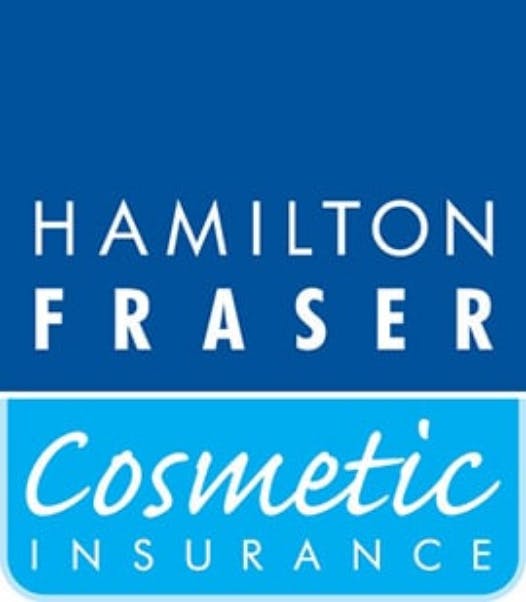
STAY INFORMED
Sign up to receive industry news, careers advice, special offers and information on Harley Academy courses and services


